Does double bass size matter?
In this video, Geoff Chalmers asks Dr. Marcos Machado about his experience of playing on different instruments of various sizes. Marcos owns two basses which are smaller than the more conventional 3/4, but he has also spent many years playing a larger 7/8 size bass.
Do you use a 3/4, 7/8, 4/4, 1/2, or 5/8, and does size matter? Find out what Marcos’ experience has been and how he came to commission his instrument.
In this video, Marcos is playing on a double bass made by Andrea Spada, an Italian-born luthier, who lived and worked in Rio de Janeiro, Brazil. Andrea provided the following information on the build process:
The Story Behind Marcos Machado's Bass
This model was conceived upon strict requests from prof. Marcos Machado, after his spectacular solo bass from David Tecchler (c. 1700). When he first contacted me about this commission, he left clear that he didn't want a copy, but an original model with its own conception and which could share the same flight case (quite smaller than usual) which he was used to. Of course, the newborn should be able to replace the former in the most possible situation, and be able to perform as a solo and as a chamber, and possibly also as an orchestra bass. Quite a task!
When we met at Poços de Caldas (MG), he allowed me to study extensively his bass, as well his playing thoughts - what a chance! - and we talked further about his needs: the new bass must will have the very same string length, D neck and overall feeling. Again, it should be drawn by myself, not a copy; he also gave me total freedom to decide in regard the back construction.
The model grown from a somewhat cello proportion in the upper and lower bout (5:4); the scroll was designed to be smaller enough to fit the overall proportion scheme yet allowing for a good placement of the tuning pegs (which in this case are hand made upon my drawings). The bass bar follows the positioning rules I established and perfected during the last ten years, and which share some insight of Sandrino Santoro. Finally, the f-holes follow a cello proportion in relation to the body, which contribute for a focused, stable and strong attack - given the mechanic created at the acoustic center - and helping for a more equilibrated look: that's one of the conception details I borrowed from the Tecchler's bass. After much considerations, I eventually settled on a semi-flat back, with a cross bracing system I perfected over the years and with a special graduation which allow for relief borders and good energy spread and concentration.
By the way, the backplate construction is something which I usually spend a lot of energy in conceive. I already experimented with some solutions and, remarkably, the Tecchler's bass was a kind of its own in this regard: it's the oldest bass I was aware of which has an original hybrid back (this could be kind of shocking for many players, which are told that back's plates can be carved or flat, only; or that hybrid backs are "new" in the playground): the back is carved from a very shallow maple piece, with an almost circular arching - more of the Brescia style - and it has a wide spruce cross board, which the soundpost stands on. That follow quite well the path Stradivari was researching in Cremona on cellos, at the exact time of this bass construction, like reducing overall dimensions and arching's height. Considering that Tecchler spent a time in Cremona, with Stradivari himself among others, lend us to speculate how much of the Stradivari's ideas are present on this bass. But this is for a debate of its own, I'm afraid…
MACHADO INSTRUMENT dimensions (in mm)
String length: 977
Total height: 1655
Length of back: 1025
Upper bout: 458
Waist: 314
Lower bout: 578 Weight: 7,38 Kg
Strings
In this video Marcos is using Thomastik Spirocore medium E and A with Belcanto D and G in orchestra tuning.
What Size is this Bass?
It's some where between a 1/2 and a 5/8 bass. I personally consider it an 1/2, right on the limit.
To me, 1/2 size basses have a string length of 96 to 98 cm; 5/8, 100 to 102 cm; above that, with 104 to 106, 3/4; then, in the range of 107 to 108, 7/8 and, finally, 4/4, for length from 110. That's for the string length. Bodies are more difficult, as we haven't a standard model to refer to, as you know.
Andrea Spada
2022 UPdate - Andrea Spada
On the 5th of January 2022, the double bass world lost one of its most innovative and loved makers and luthiers, Andrea Spada. As you can see from his above post about Marco’s bass, which we published on the release of this interview, Andrea was a highly skilled, passionate and forward-thinking luthier. Whilst I had only communicated with Andrea by email, learning of his passing was heartbreaking. On behalf of everyone in the DDB community, we send our most sincere sympathies to Andrea's family.
Flying with a Double Bass - Hard Case in a Soft Case
Marcos Machado has an unusual strategy for travelling with his double bass. He has a reduced size hard case to protect his double bass. He put the hard case in a 4/4 size soft case when travelling meaning the luggage handlers tend to view it as being potentially more fragile than they would a hard case. After 100+ flights the system is still going strong.
Behind the scenes photos
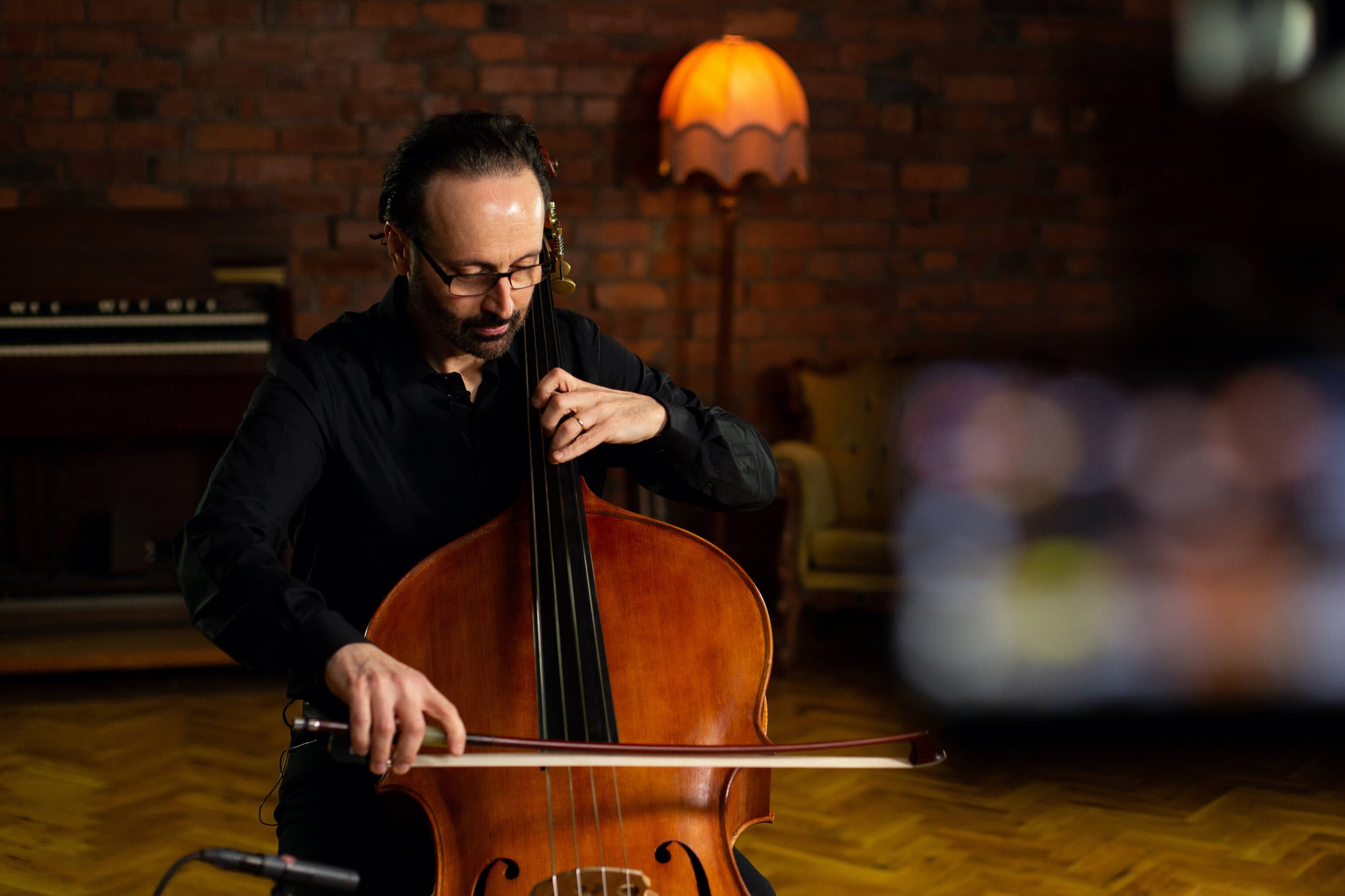

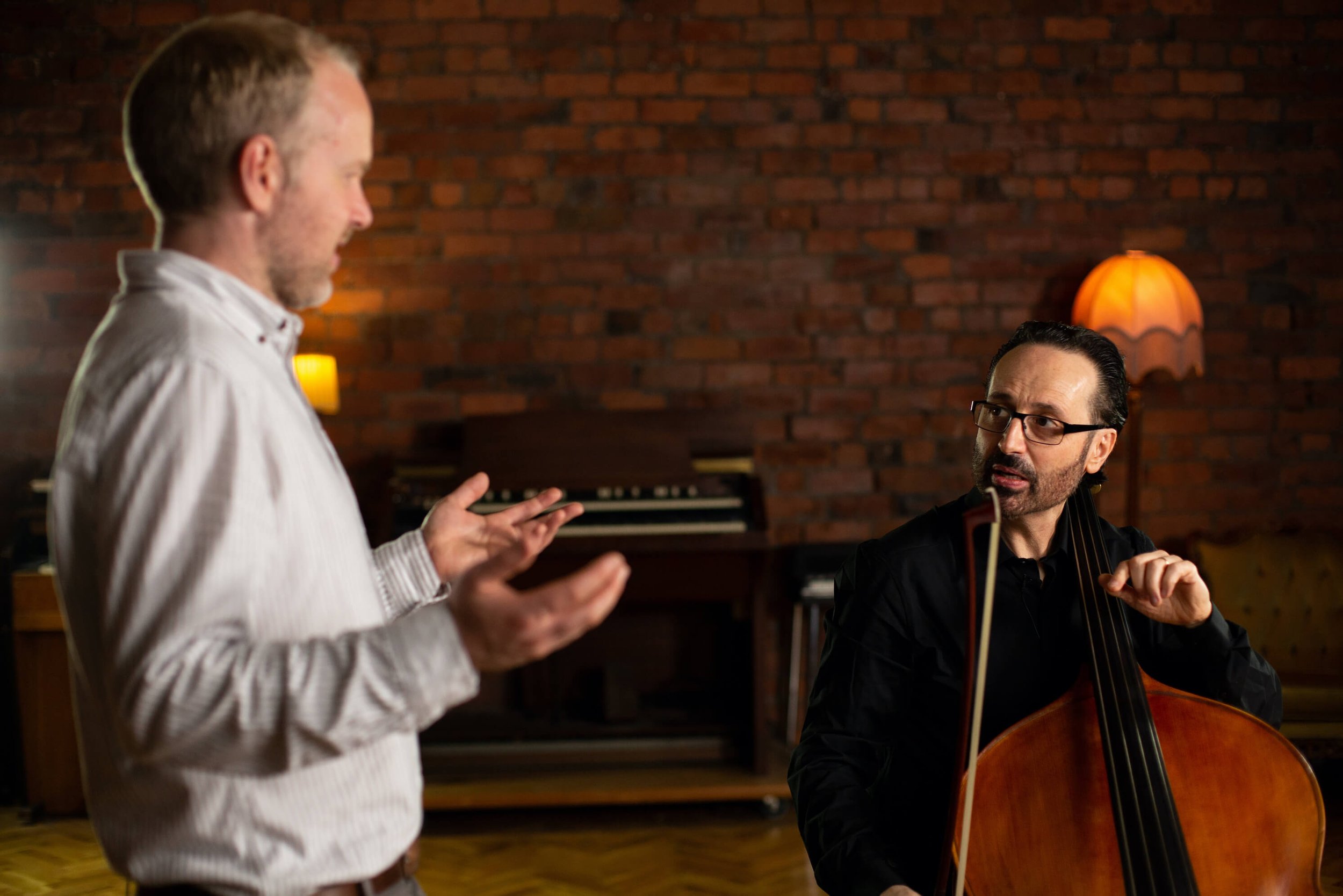
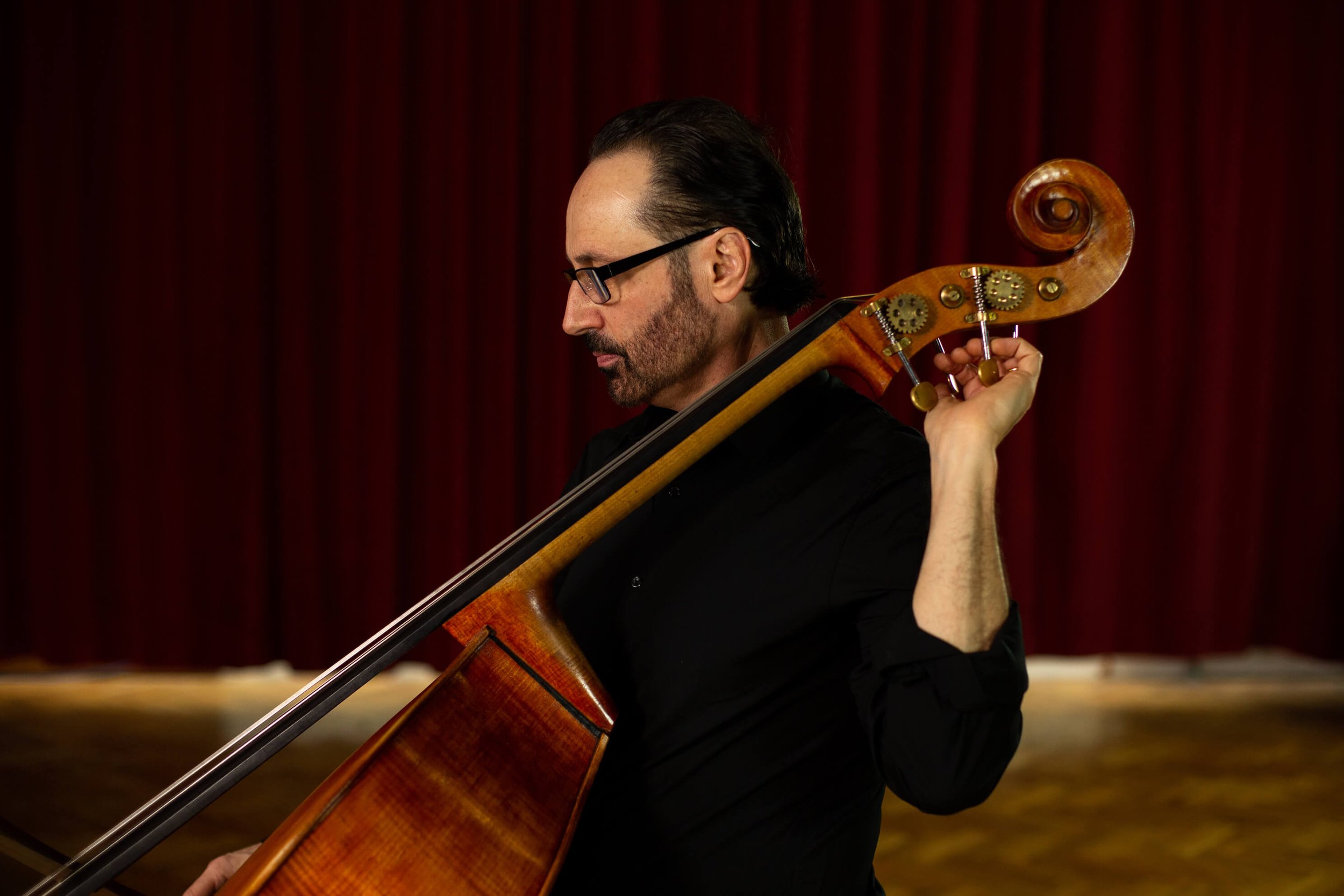
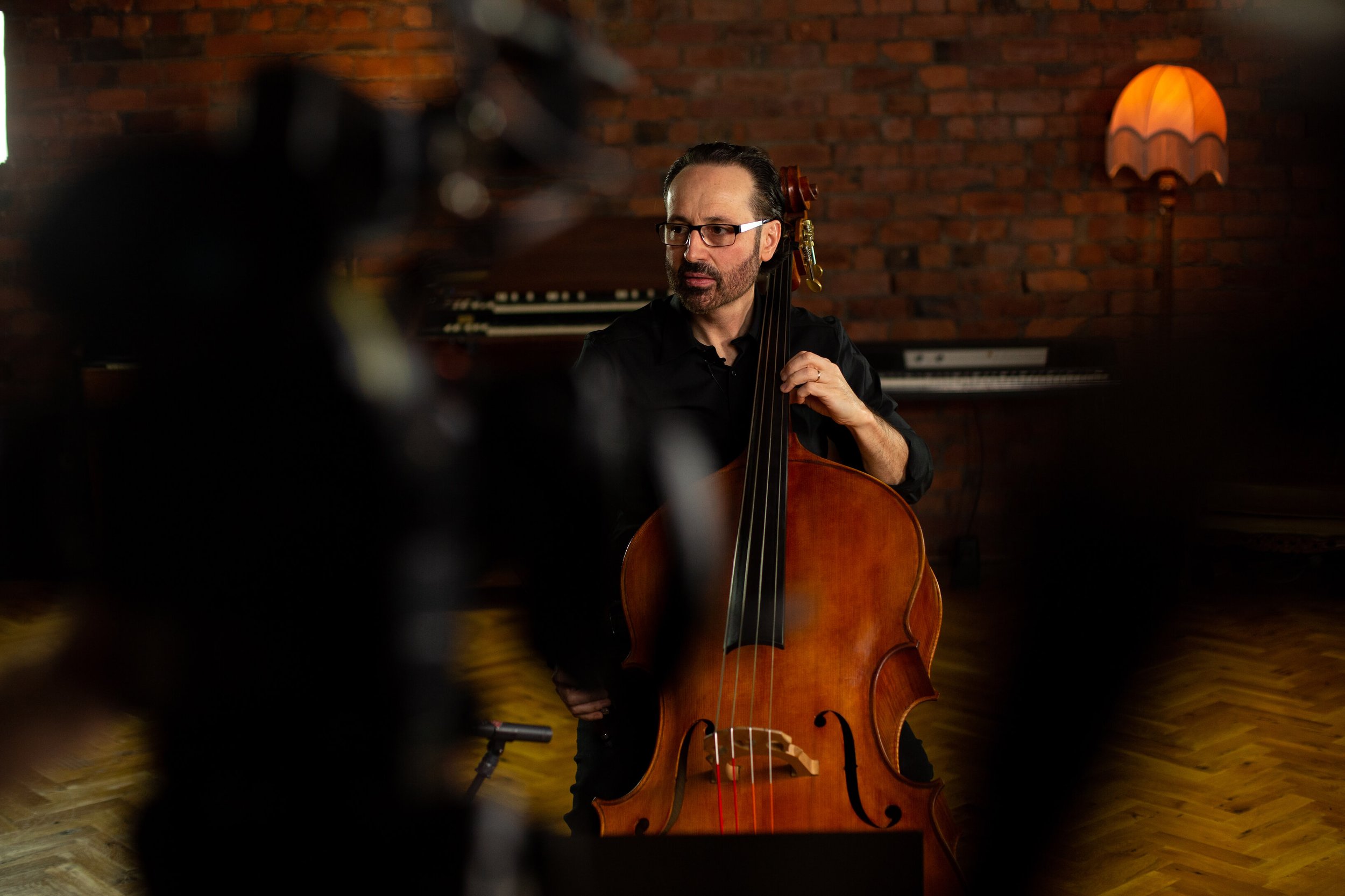

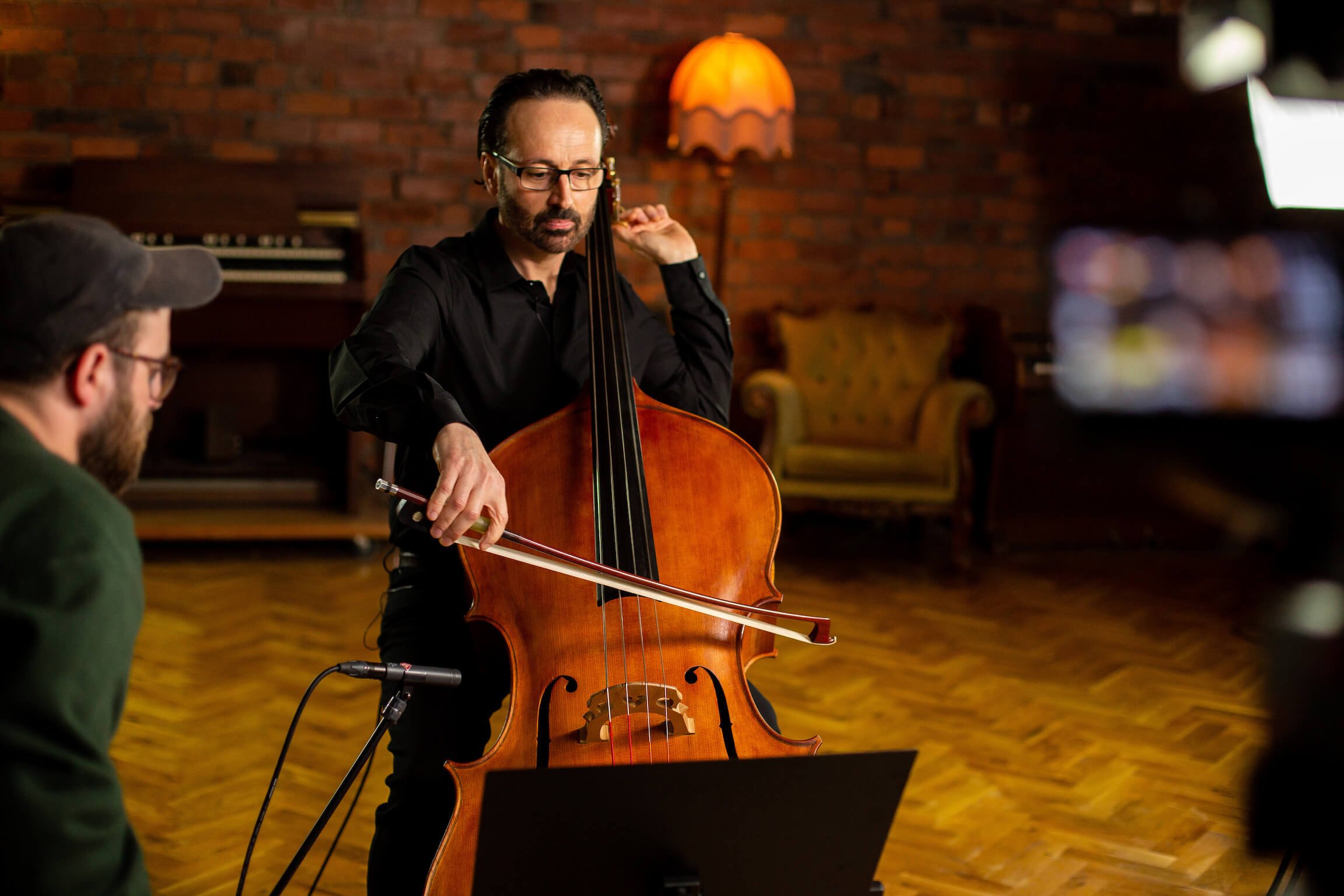


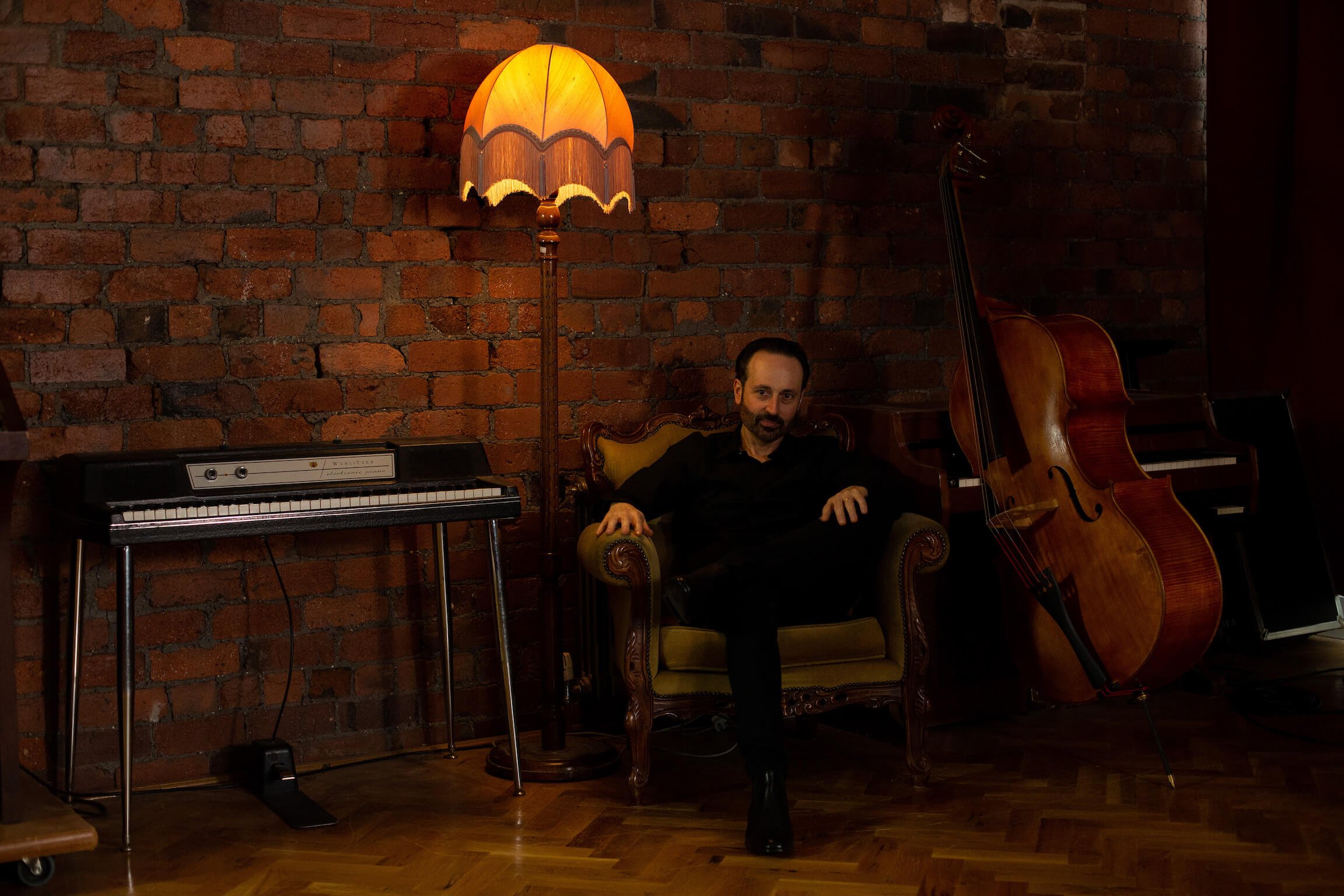
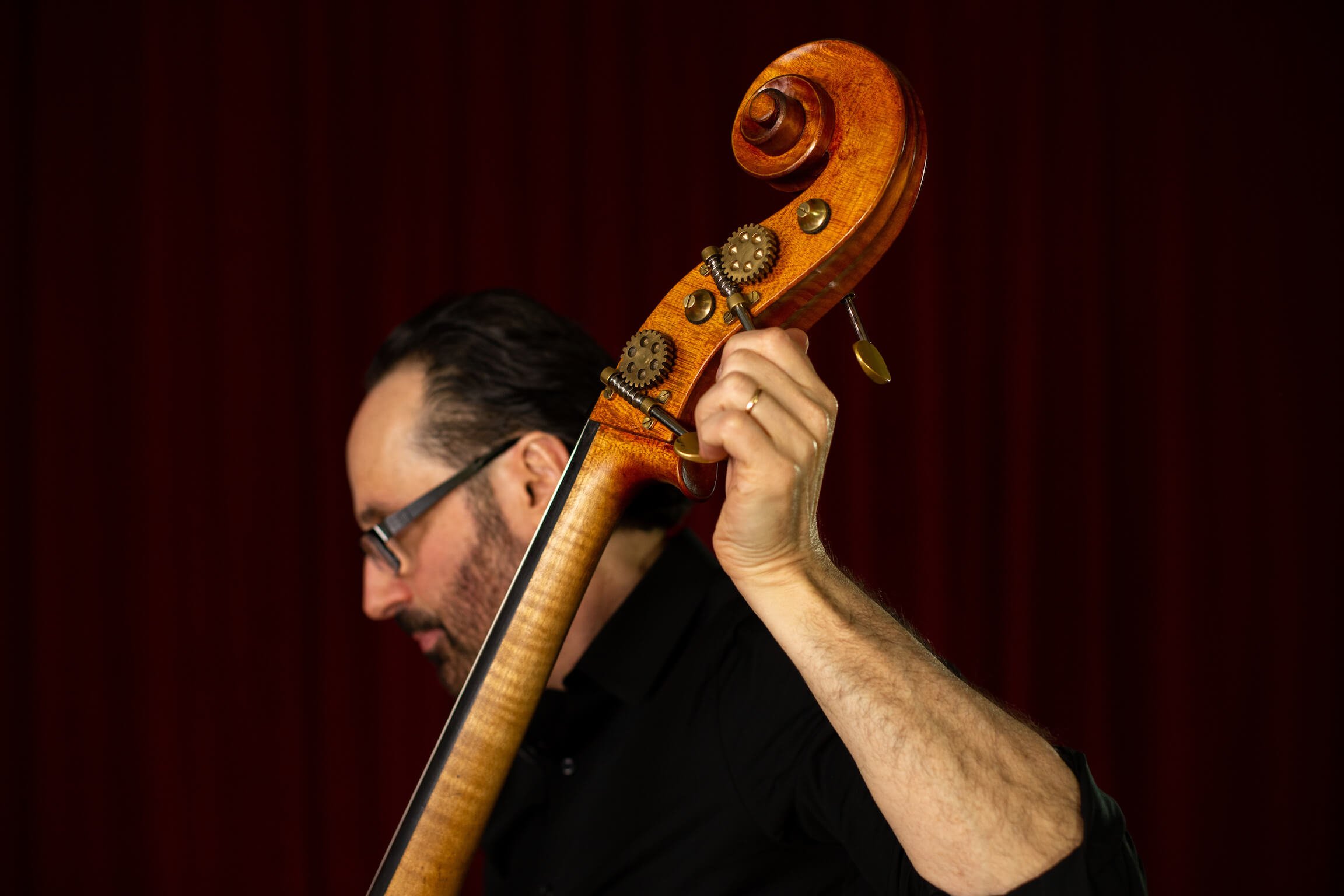


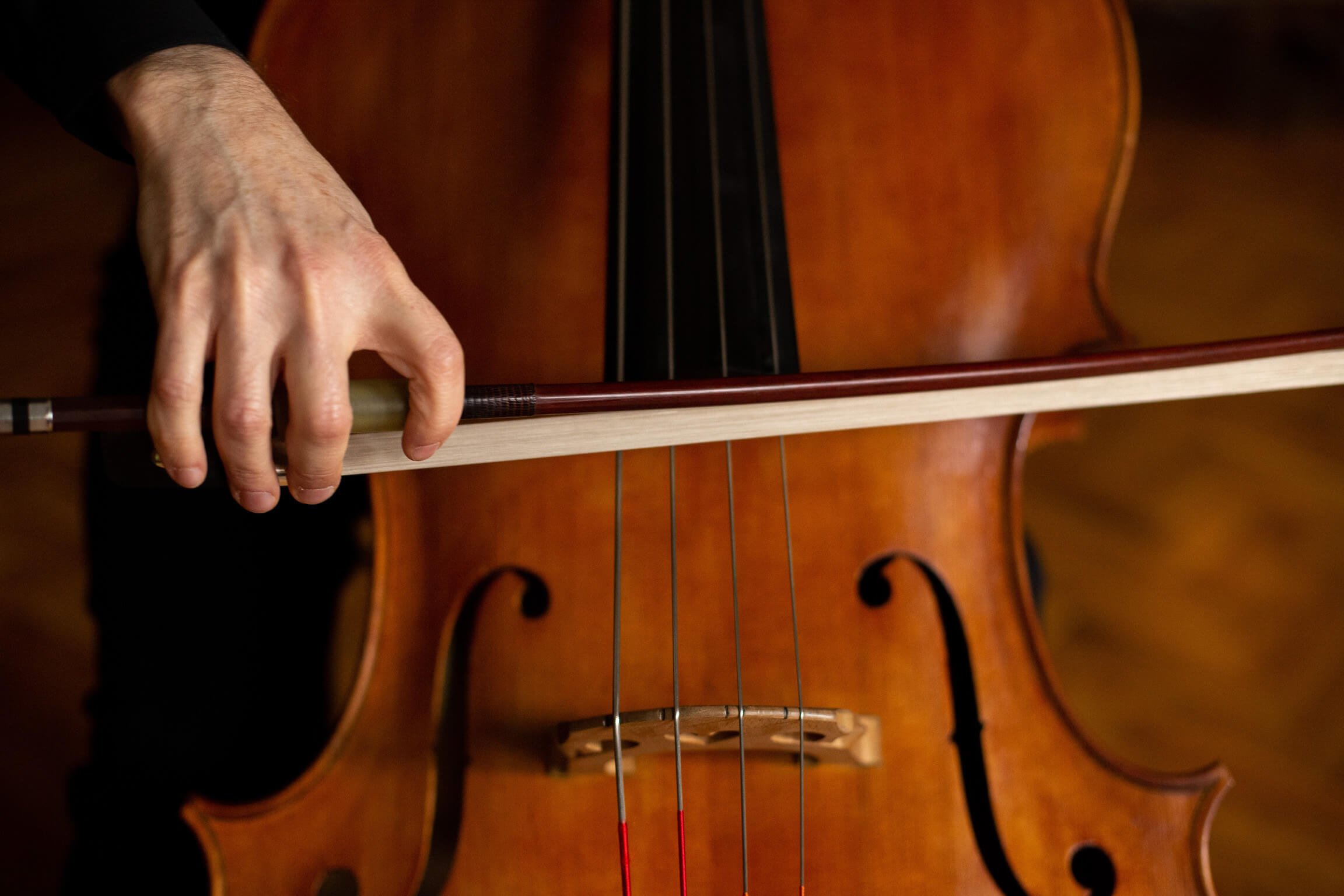
Photos © Discover Double Bass
Integral technique by Marcos Machado
Are you ready to transform your bass playing and learn the techniques of a true virtuoso? Check out our course, Integral Technique by Dr Marcos Machado.


